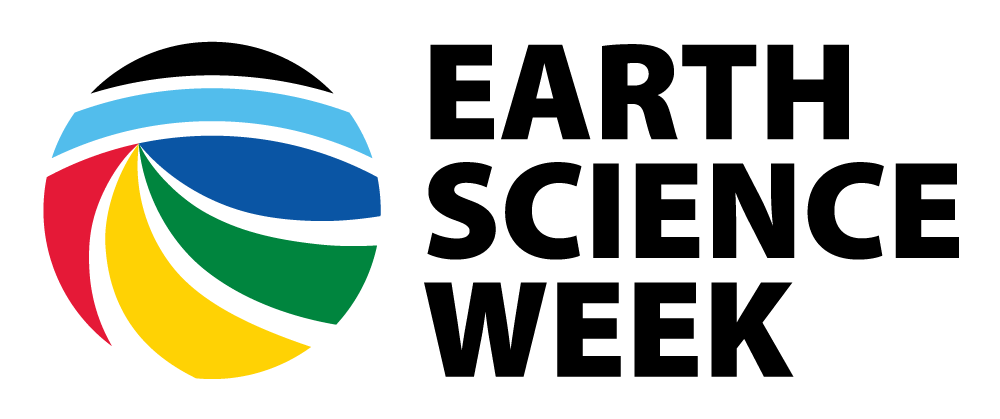Mapping from Different Perspectives Activity Source: American Association of Petroleum Geologists. Developed by Lindsay Mossa, AGI.
Maps can be used for many purposes, such as exploring new areas and tracking changes in Earth’s features. Maps are also made in different ways. Traditionally, maps have been made from the ground-level. It is now becoming more common for maps to be made from images taken by satellites and drones. In this activity, you will make maps from different perspectives and analyze how those views can reveal different features.
[Read More]
Mapping Quake Risk
Mapping Quake Risk Activity Source: Esri. Adapted with permission.
Today, people are “mapping our world” with the aid of Geographic Information Systems (GIS) technology. Mapping can be done in the field or the lab—even from smartphones. You can make maps with real-time data about wildfires, tsunamis, and tornadoes. You can make maps with imagery collected with visible light, infrared, and radar data.
GIS helps people solve everyday problems in Earth science from coastal erosion on the local beach to global climate change.
[Read More]
Mapping the Atmosphere
Mapping the Atmosphere American Meteorological Society
Activity Source: American Meteorological Society. Adapted with permission.
A map can represent data from an area on a flat surface. The part of our Earth system most frequently mapped is the atmosphere. Weather—the state of the atmosphere at a particular place and time—needs constant monitoring because it perpetually changes as weather systems evolve and move.
Awareness of what the weather is and is likely to be has numerous benefits.
[Read More]
Mapping Vertical Movements
Mapping Vertical Movements Activity Source: UNAVCO
By installing GPS stations that measure the movement of Earth’s crust, UNAVCO advances geodesy, the study of Earth’s shape, gravitational field, and rotation. Each station has a receiver antenna that communicates with satellites to measure, within millimeters, how Earth is moving. Some movements are horizontal, the sliding of tectonic plates. Some movements are vertical, as when Earth’s mantle either sinks or rebounds in a process called isostatic rebound.
[Read More]
Mapping Your Soil
Mapping Your Soil Activity Source: Soil Science Society of America. Adapted with permission.
The key properties of soil (physical, biological, and chemical) determine recreation, crop production, range, water/erosion conservation, forestry, and engineering uses of the soil. Soil surveys help us understand how soils differ and how they behave under various land management systems. The heart of a soil survey is the soil map showing the spatial distribution and variability of soils on the landscape.
[Read More]
Measure for Measure
Measure for Measure Activity Source: Adapted from Joint Oceanographic Institutions in the Classroom, 2005.
Background Geoscientists use special boats to conduct research at sea. One of these boats is named the JOIDES Resolution (JR). Unlike most oceangoing vessels, the JR has a flat bottom, a 6.4-meter hole in the middle, 12 laboratories, and a derrick towering 67 meters above the waterline! Why? So scientists can sail nearly anywhere in the world to drill for samples of rocks and sediment from below the seafloor.
[Read More]
Measuring Earth’s Water
Measuring Earth’s Water Activity Source: Source: NASA.
Adapted with permission.
Even though our home planet has a lot of water, over 73 percent of that is salt water. We need freshwater to meet most of our needs, and precipitation supplies much of this valuable natural resource. Did you know that NASA, in a partnership with the Japanese, has a satellite that measures precipitation as it falls from the clouds to the ground?
[Read More]
Measuring Glacial Retreat
Measuring Glacial Retreat Activity Source: Adapted with permission by U.S. Geological Survey.
The USGS has been studying glaciers in Glacier National Park since 1850. It is estimated that there were 150 glaciers in the park back then, and when the national park was established in 1910. Today only 25 glaciers remain.
Scientists go back every year to repeat photographs, as well as to examine the ice and the ecology of the landscape to see how glacial retreat is affecting plant and animal species that live there.
[Read More]
Measuring Permeabilities of Soil, Sand, and Gravel
Measuring Permeabilities of Soil, Sand, and Gravel Activity Source: Adapted with permission from an activity by Robert D. Whisonant, Physical Science Department, Radford University, Radford, VA 24142.
SEPM (Society for Sedimentary Geology), 2006.
Background This investigation will help you to learn that different geologic materials have different characteristics. Why is this important? When a road or building is constructed, the underlying substance could have an effect on the structure’s stability. Different soils, for instance, can pose different problems, based on climate, topography, and amount of rainfall in the area.
[Read More]
Mineral Electrical Conductivity
Mineral Electrical Conductivity Activity Source: Society for Mining, Metallurgy, and Exploration, Inc. Adapted with permission.
People must mine minerals to provide all kinds of materials that we depend on in our lives. For example, wires and circuit boards used in electronics are made of mined minerals. Copper, which is refined from rocks containing copper sulfide and copper oxide, is the most common mineral used in electronics because it is an excellent electrical conductor.
[Read More]
